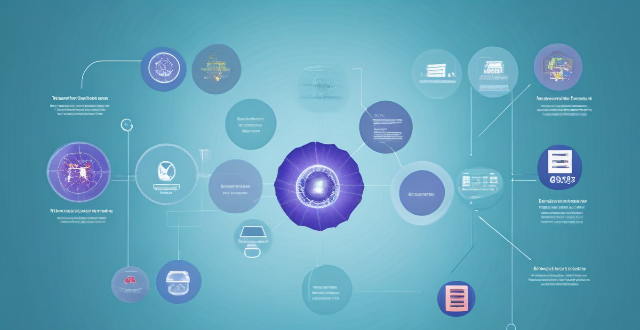Wearable technology shows potential in monitoring chronic health conditions by providing real-time data on health metrics. However, accuracy, data overload, and privacy concerns are limitations to consider. It should be used in conjunction with other forms of healthcare monitoring for effective management of chronic conditions.

Can Wearable Technology Effectively Monitor Chronic Health Conditions?
Wearable technology has become increasingly popular in recent years, with devices such as fitness trackers, smartwatches, and health monitors being widely used to track various aspects of our daily lives. One area where wearable technology has shown great potential is in monitoring chronic health conditions. In this article, we will explore whether wearable technology can effectively monitor chronic health conditions.
Definition of Chronic Health Conditions
Chronic health conditions are long-term illnesses or diseases that require ongoing management and treatment. Some examples include diabetes, heart disease, asthma, arthritis, and mental health disorders. These conditions often require regular monitoring and management to prevent complications and improve quality of life.
How Wearable Technology Can Help
Wearable technology can help monitor chronic health conditions by providing real-time data on various health metrics, such as heart rate, blood pressure, glucose levels, and physical activity. This information can be used to identify trends and patterns in a person's health, allowing for early intervention and better management of their condition.
##### Heart Rate Monitoring
Wearable technology can monitor a person's heart rate throughout the day, providing valuable insights into their cardiovascular health. This is particularly useful for individuals with heart disease or high blood pressure, as it allows them to track their heart rate over time and identify any abnormalities or changes that may require medical attention.
##### Glucose Level Monitoring
For people with diabetes, wearable technology can provide continuous glucose monitoring, allowing them to track their blood sugar levels throughout the day. This information can help them make informed decisions about their diet, exercise, and medication intake, ultimately leading to better management of their condition.
##### Physical Activity Tracking
Wearable technology can also track a person's physical activity, including steps taken, distance traveled, and calories burned. This information can be particularly useful for individuals with obesity or other weight-related chronic conditions, as it allows them to set goals for increasing their physical activity and monitor their progress over time.
Limitations of Wearable Technology
While wearable technology has many benefits for monitoring chronic health conditions, there are also some limitations to consider:
* Accuracy: Not all wearable devices are created equal in terms of accuracy. Some may provide inaccurate readings or fail to detect important changes in a person's health metrics. It is essential to choose a reputable brand and consult with a healthcare professional before relying solely on wearable technology for monitoring your chronic condition.
* Data Overload: With so much data available from wearable devices, it can be overwhelming for both patients and healthcare providers to interpret and act on the information provided. It is essential to have clear guidelines and protocols in place for managing and acting on the data collected by wearable technology.
* Privacy Concerns: Wearable technology collects sensitive personal health information, which raises concerns about privacy and security. It is crucial to ensure that the data collected by these devices is stored securely and only shared with authorized parties.
Conclusion
In conclusion, wearable technology has the potential to effectively monitor chronic health conditions by providing real-time data on various health metrics. However, it is essential to consider the limitations of these devices and use them in conjunction with other forms of healthcare monitoring and management. By doing so, individuals with chronic health conditions can take an active role in managing their condition and improving their overall well-being.